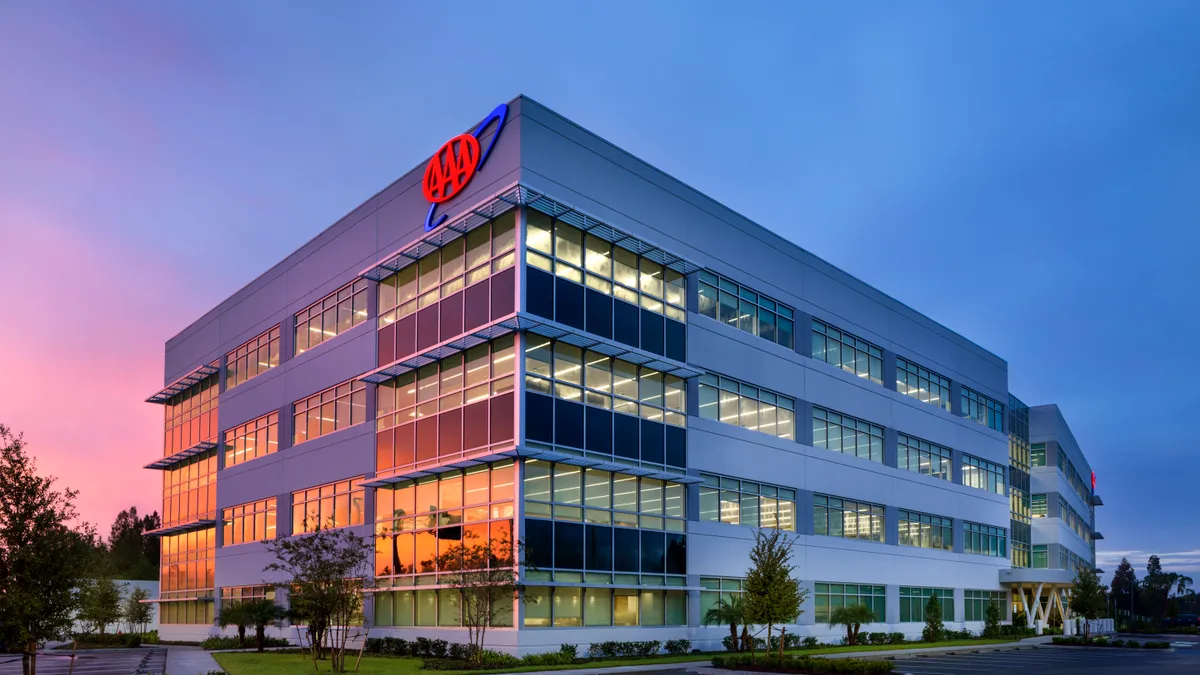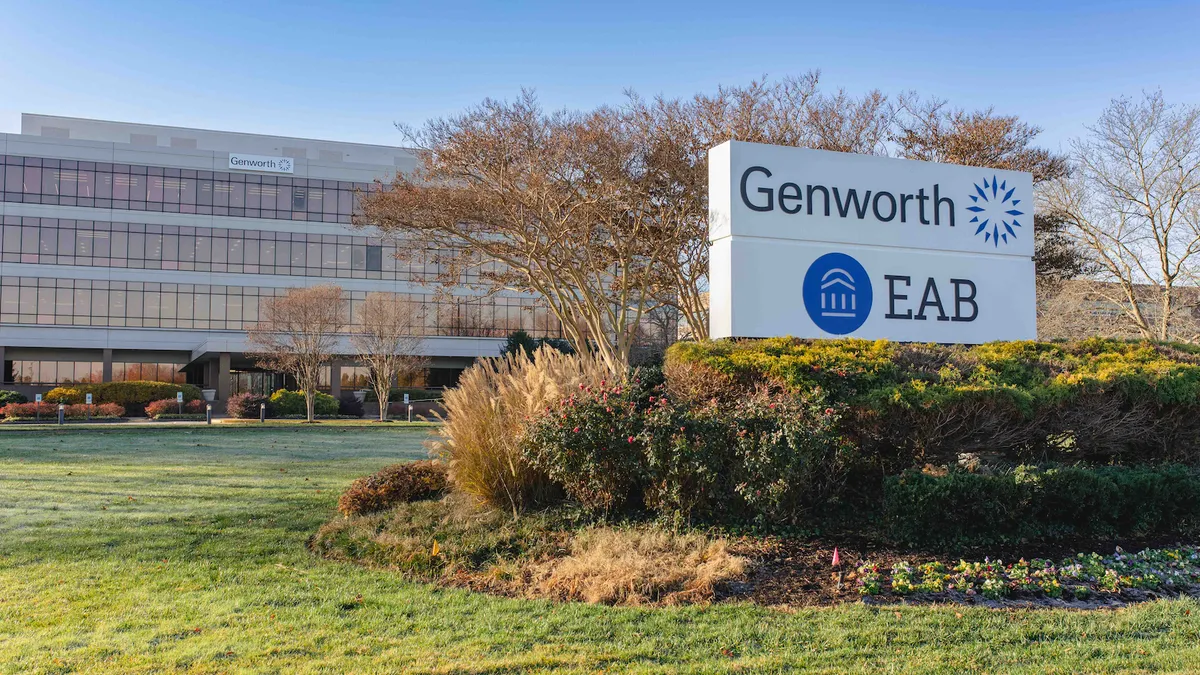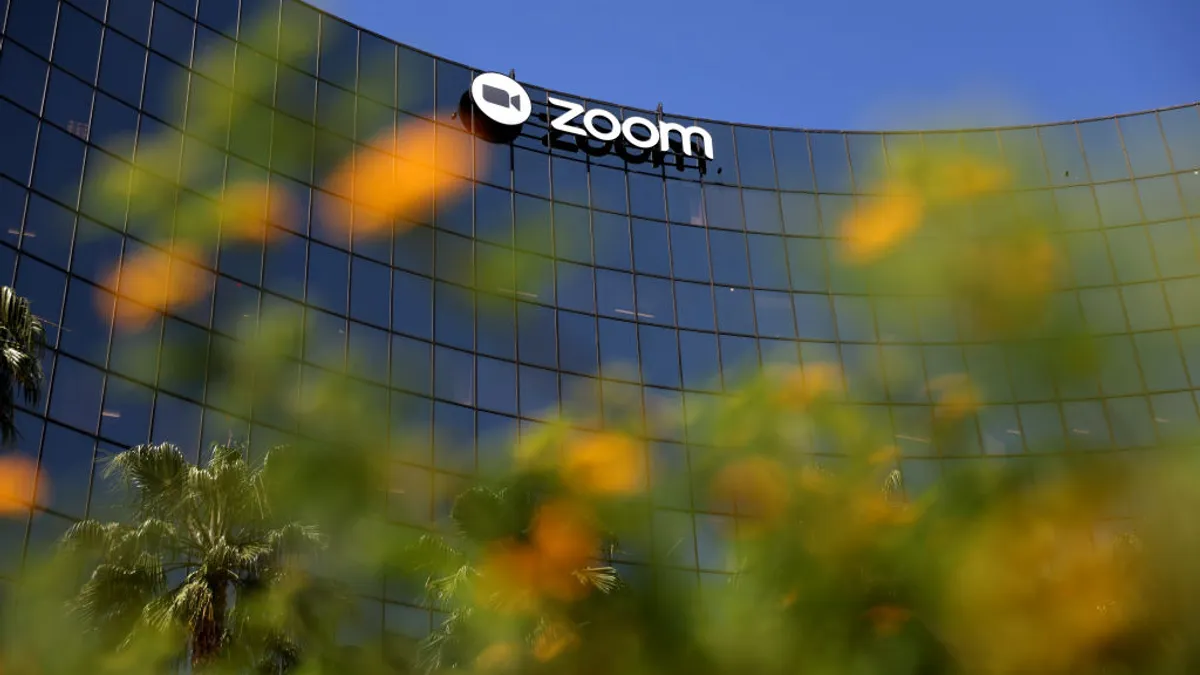Generative AI captured the hearts and minds of executives around the world as users praised the technology for its efficiency and vendors quickly released products to meet interest.
AAA - The Auto Club Group is among an ever-growing group of organizations that have partnered with vendors to support generative AI implementation. AAA’s second-largest club, which includes insurance, membership experience, travel, and roadside assistance, plans to adopt Salesforce’s AI cloud, a CRM-based AI solution, the companies said in June.
In the tech industry, it’s easy to get swept up in the hype of cutting-edge technologies and the promises of potential benefits. Data suggests that the impact of generative AI on the economy at large could result in a monetary boost of more than $1.5 trillion as workers use the technology to become more efficient.
But the reality is that most businesses aren’t quite ready to jump in head first. For generative AI applications to help businesses reach their goals, companies must first have robust data operations, scalability, infrastructure, governance models and the budget to support pilot projects.
For ACG, planning to implement generative AI into operations wasn’t a knee-jerk reaction. It was the next step in a tech overhaul that started more than five years ago.
“The hype when ChatGPT was announced and exposed to the public was mushrooming everywhere,” Shohreh Abedi, EVP and chief operations and technology officer and membership experience at ACG, told CIO Dive. “But me and my team looked at it as a part of our digital transformation.”
Transformation never stops
When transforming every layer of its architecture, ACG wanted to improve efficiency and reduce costs by taking a holistic approach to ultimately improve the experience for its more than 13 million members, according to Abedi.
“My intent was to keep what is core to us, which is trust and safety, but also bring along digital capabilities and experiences,” Abedi said. “To do that, we started our roadmap by looking at it holistically from every aspect of the business that we have, whether it’s insurance, membership, roadside, travel or financial services.”
When the transformation began in 2016, ACG handled most of its business through phone calls. When a customer would reach an agent at the call center, the agent would alert a dispatch group and contractors if needed via phone.
The company wanted to increase self-service channels in a way that benefited end-user experience — a process that requires a mature tech stack and tools and a seamless handoff to an agent when necessary.
To accomplish it all, the Auto Club Group migrated from point-to-point integration systems to an API strategy. The company connected with partners, including Google, Guidewire and Salesforce, to assist with the transformation.

“A lot of that started from revamping the entire architecture and increasing and injecting machine learning,” Abedi said. “We beefed up our roadmap around cybersecurity, so we used a lot of AI and ML within our cybersecurity platforms.”
The company also used robotics to automate tasks, such as in the finance department. Today, nearly one-third of interactions with the organization do not involve an employee, Abedi said.
What’s next
ACG’s generative AI push expands on previous efforts and focuses on three different areas: content management, internal support services and coding tests.
Abedi sees generative AI having a positive impact on content management as agents will be able to quickly retrieve information needed to support customers, whether it’s understanding different levels of insurance coverage or their deck pages.
“Being able to do that will make my agent more effective, it’ll reduce my costs and it’ll make it a better experience for the member,” Abedi said.
Internally, the company plans to automate back-office services with generative AI and use the tech to test code.
“When there are different defects or certain things in a code, to troubleshoot that takes hours and regression testing takes a lot of time,” Abedi said. “But if I’m able to put an AI through that, that pinpoints exactly where that defect in that code is, then I have reduced hours, possibly days, of troubleshooting down to minutes.”
Despite the company’s lofty plans, Abedi said safety remains a top priority, staying in tune with the evolving regulatory landscape. For now, the company continues to view and experiment with generative AI as an assistant that needs monitoring.
“We’re looking at it as an assistant, so we can monitor it [but] not fully have AI do everything,” Abedi said. “You have to go assistant first to be safe, and then we’ll see how far we take it.”





















